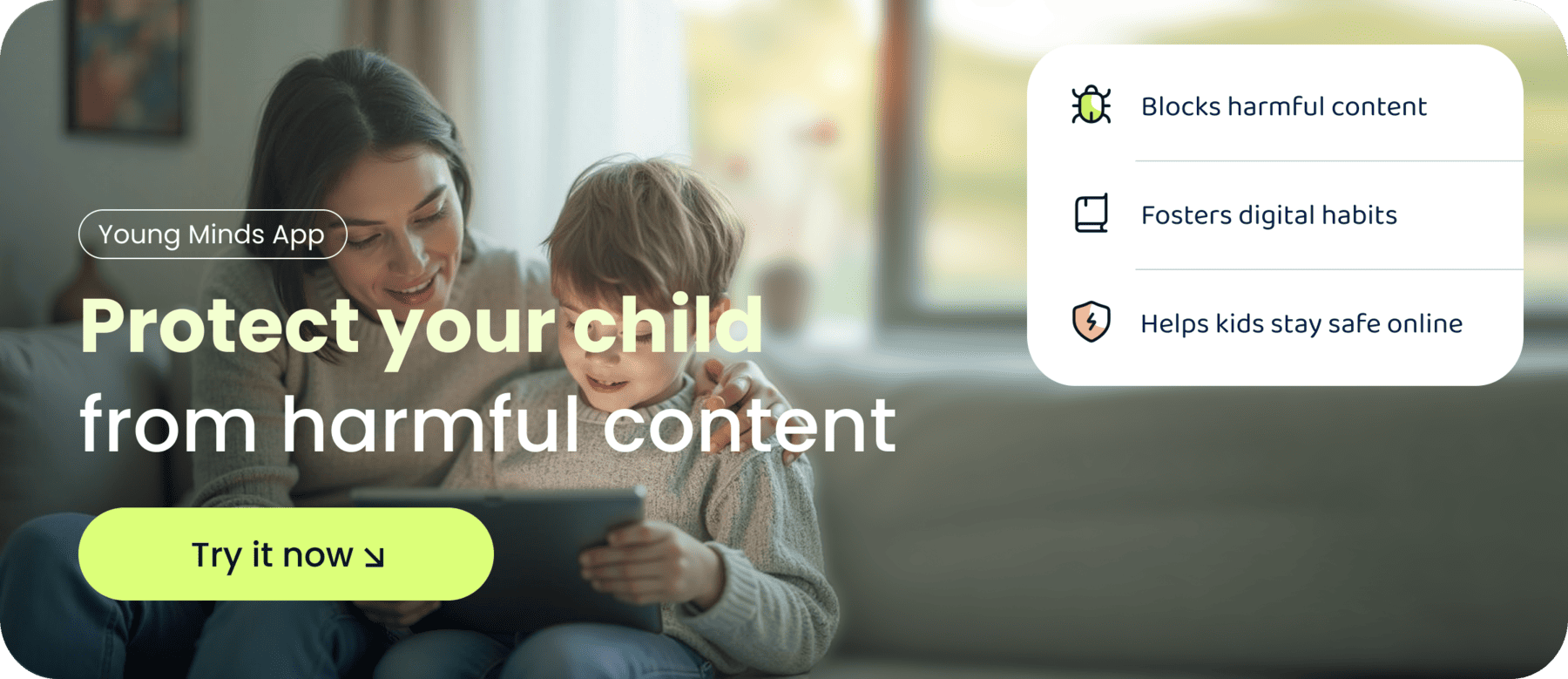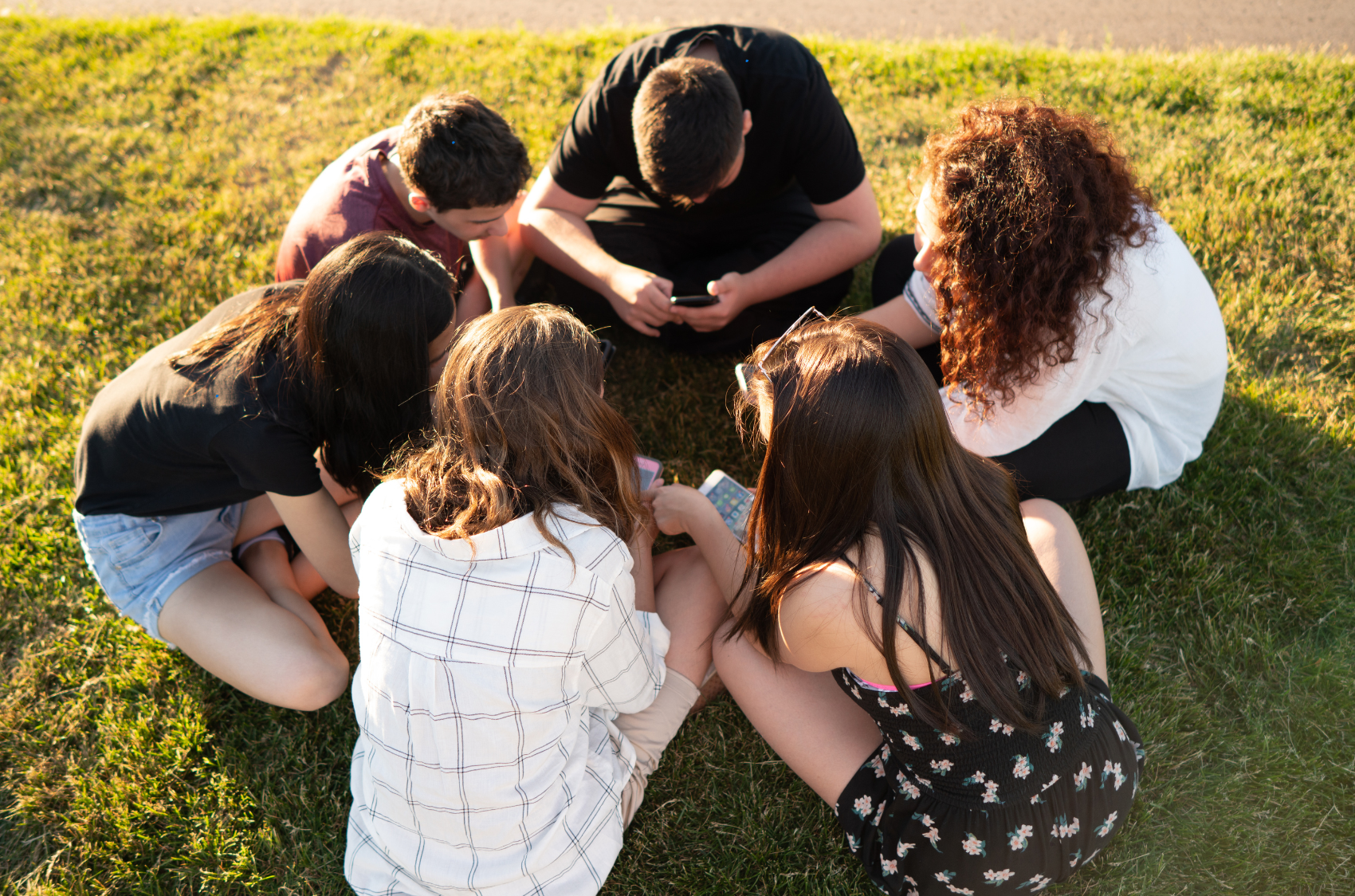A new study has raised serious concerns about Instagram’s protections for young people, claiming that teen accounts still show content promoting suicide, self-harm, and sexualised behaviour, despite Meta’s promise of safer experiences for teenagers.
The Research Findings
Researchers at Cybersecurity for Democracy, working with child safety groups including the Molly Rose Foundation, tested Instagram’s “teen accounts” feature by setting up fake profiles.
The findings were alarming:
- 30 out of 47 Instagram safety tools for teens were ineffective or had been removed.
- Only 8 tools worked effectively, meaning teens were still being exposed to content violating Instagram’s own rules.
- Harmful content included posts describing sexual acts, autocomplete searches promoting suicide and eating disorders, and videos encouraging risky behaviour.
- Children under 13 were found posting videos asking for ratings on their appearance, often receiving highly sexualised comments from adults.
Andy Burrows, Chief Executive of the Molly Rose Foundation, said the results point to “a corporate culture at Meta that puts engagement and profit before safety.”
Meta’s Response
Meta strongly disputed the claims, stating that its teen accounts “lead the industry” by offering automatic protections and robust parental controls.
A spokesperson told the BBC:
“This report misrepresents our efforts. Teen protections mean young people see less harmful content, face fewer unwanted contacts, and spend less time on Instagram at night.”
They also claimed some tools reported as missing were instead rolled into other safety features.

Why This Matters for UK Families
The debate arrives at a critical moment. Under the UK’s Online Safety Act, social media platforms are now legally required to protect children from harmful content, including material promoting self-harm and suicide.
A government spokesperson emphasised:
“For too long, tech companies have allowed harmful material to devastate young lives and tear families apart.”
This legislation gives parents and educators stronger grounds to demand accountability from platforms like Instagram, Facebook, and TikTok.
What Parents Can Do Now
While policymakers debate and platforms defend themselves, parents are left asking: what can we do to keep our children safe online today?
Here are some practical steps:
- Open conversations – Talk regularly with your child about what they see online and how it makes them feel.
- Set digital boundaries together – Instead of imposing strict rules, co-create routines for screen time, study, and bedtime.
- Use parental control tools – Apps like Young Minds App designed around safety, education, and healthy habits can help protect children from harmful content while teaching them responsible digital use.
- Model healthy behaviour – Children learn by example. Show them how you manage your own digital habits.
At Young Minds, we believe that digital wellbeing is about readiness, not restriction. It’s not enough to block harmful content; children must also learn to understand risks, build self-discipline, and navigate technology with confidence.
Conclusion
This latest study is a reminder that big tech companies cannot be trusted to self-regulate when it comes to child safety. While Meta continues to defend its teen accounts, evidence shows that harmful content is still reaching young users.
For parents, the solution lies in staying informed, having open conversations, and using tools that combine safety with education, preparing children not just to survive the online world, but to thrive in it.
Parents Also Ask:
What is an Instagram teen account?
Introduced in 2024, Instagram teen accounts were designed to give young users added protections such as stricter privacy settings, reduced exposure to harmful content, and more parental oversight.
How does the UK Online Safety Act affect this?
The Act makes it a legal obligation for platforms to protect children from harmful content online, including suicide, self-harm, and eating disorder material.
What can parents do to protect their children?
Parents can hold open conversations, set healthy digital routines, and use trusted parental control apps to balance safety, education, and independence.





